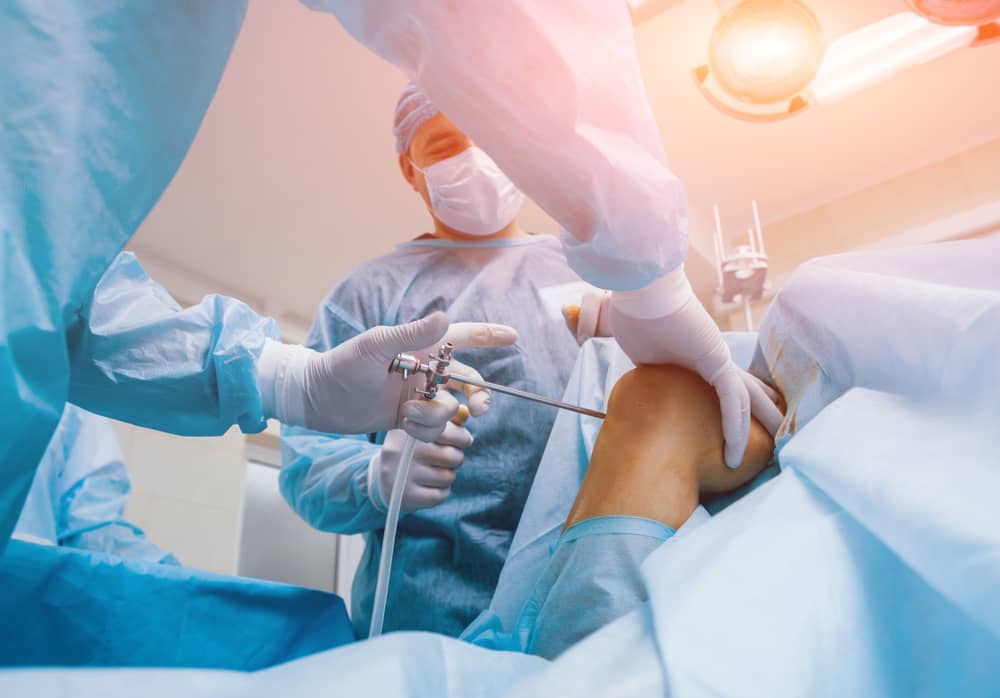Is Surgery Necessary?
Everyone has shoulder pain, now and again. The most common cause is impingement, which means the rotator cuff is pinching between two bones in the shoulder. Impingement may occur when the tendon is inflamed, weak or even torn. Most impingement does not require surgery, certainly not as a first option. Impingement is not the result of a traumatic event, such as a violent fall that creates a pop that immobilizes the arm.
An arm that cannot be raised is more likely a big rotator cuff tear and may require surgery. Instead, impingement is the everyday pain associated with reaching, sleeping and other nagging activities found prominently in those age 30 and above. Impingement can result from overuse. Overhead sports, such as tennis, baseball, softball and volleyball, are obvious contributors as well. However, house cleaning, holding onto a shoulder strap on a bus, and lifting children can also bring on impingement. Once the cuff is irritated, impingement is difficult to remedy without treatment. Working through the pain makes matters worse. “No pain, no gain” does not apply to the shoulder and rotator cuff. Ignoring pain while exercising causes more damage and inflammation. This leads to increased weakness and impingement, which snowballs until the cuff eventually tears and requires surgical repair. When is surgery necessary?
What about X-rays, MRIs, or ultrasounds? First, determine if a traumatic event first immobilized the arm and made something feel detached? Is there pain? Has the arm been over-extended? Is throwing, pushing open a door or lifting a heavy bag painful? Does the shoulder feel out-of-the-socket or as if it went dead? Is the pain a neck problem, or from somewhere else? If rest, ice, and some anti-inflammatory medication don’t help and there is no other reason for pain, see a qualified specialist for a thorough exam. A thorough review of past events combined with a physical examination will determine the diagnosis almost 90 percent of the time, as well as the initial treatment. If necessary, an X-ray, ultrasound and/or MRI may provide the remainder of information needed to make a diagnosis, but not a determination of surgery. Treat symptoms, not images! Surgery is only necessary when there is a significantly large rotator cuff tear caused by an acute traumatic event. If impingement results without a tear, surgery may not be needed. A “Scapular Tilt Test,” which I have performed for nearly 15 years, is one way to determine if surgery is needed. I began to develop the test after a lecture by Dr. Kibler on the scapula or shoulder blade – the most important bone in the shoulder — which is often overlooked, but a significant factor in shoulder pathology and symptoms. I believe the scapula makes up the back of the shoulder (the blade), the top (acromion), the front (coracoid process) and the center socket (glenoid). Position and how this bone functions can significantly affect shoulder symptoms. Dr. Kibler described a similar test to the one I conducted, but with one important difference: his test was modified to include passive pressure while raising the arm to reposition the shoulder blade. Less pain is clear indication of impingement.
However, in our test, the scapula is retracted by extending the chest outward, while passively raising the arm in the direction where the pain was felt during the first part of the exam – forward elevation and/or abduction to the side. If the pain is eliminated, then the acromion bone, regardless of a spur, was moved enough away from the tender tendon and did not pinch on the way up. Appropriate training can strengthen the muscles that control the shoulder blade and reposition the bone so that the cuff will not impinge. The repositioning will enable the inflammation resolve while the cuff is strengthened. Most importantly, the test predicts if impingement surgery can be avoided. Our results will soon be published, clearly indicating that a positive test – no pain – concludes that surgery is not necessary for patients with only impingement. Improvement is gained through exercise, physical therapy +/- taping, and an occasional adjunctive cortisone injection. About 400,000 arthroscopic shoulder/ sub-acromial decompressions to determine impingement and partial cuff tears are performed each year in the United States. Another 200,000 are performed for rotator cuff repair. Before surgery, take this test. If the results are positive, recovery without surgery is possible.
- October 27 2021
- 4095








